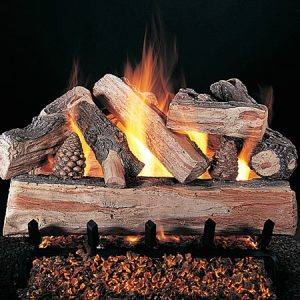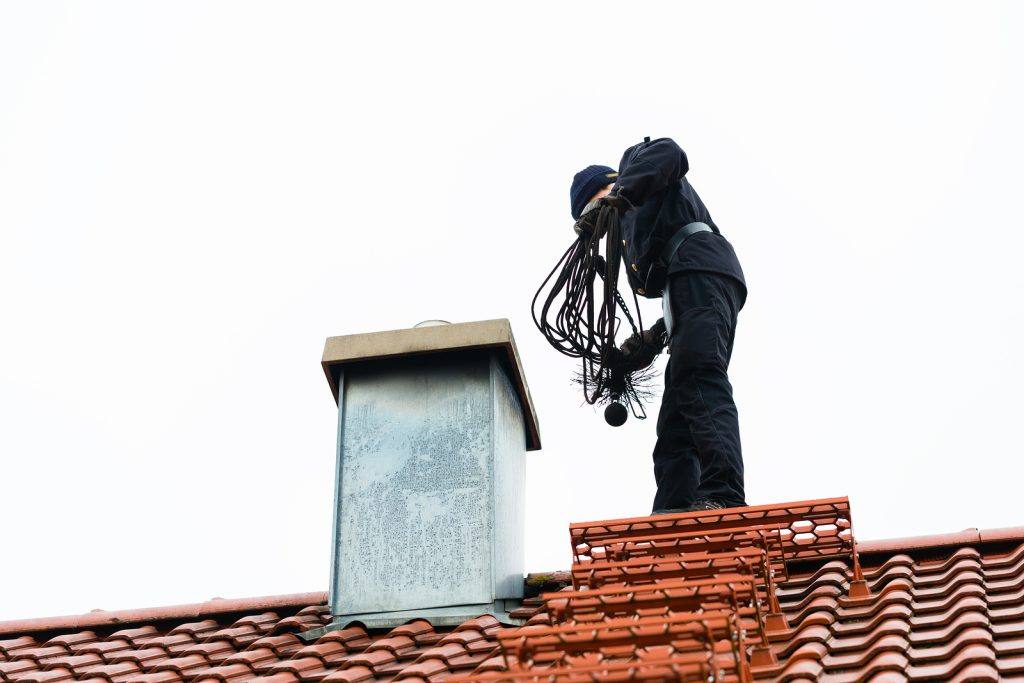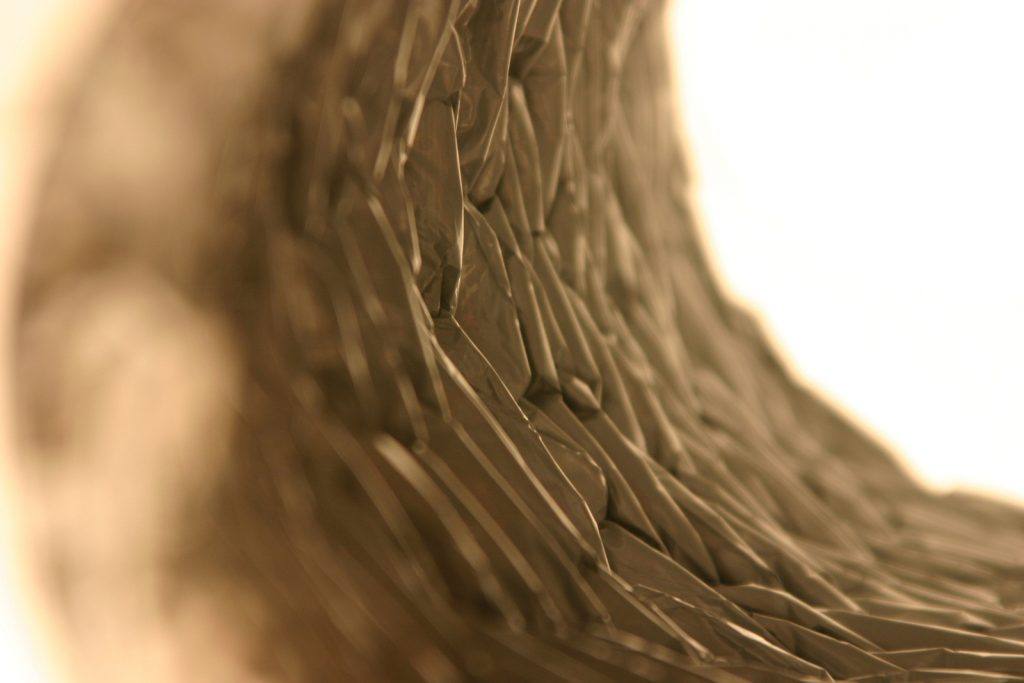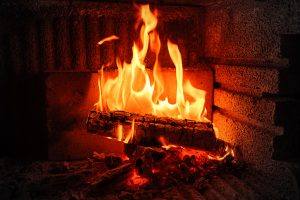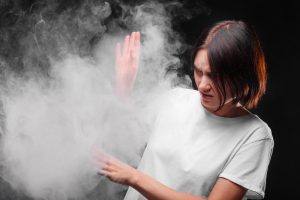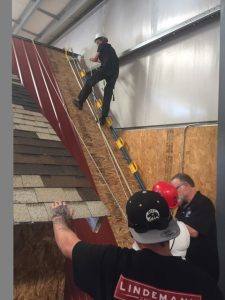There’s nothing like gathering around a fireplace for warmth and ambience. However, many people are aware that fireplaces are not the most environmentally friendly way to heat your home. The amount of smoke produced by fireplaces and the inefficiency of their heating performance can be a concern. However, with these 4 innovate techniques, you can make your fire more environmentally friendly while preserving the charm of sitting around the fireplace.
Choose A Wood Burning Fireplace Insert
A wood burning fireplace insert takes the benefits of a wood burning stove and fits into the layout and structure of your traditional fireplace. Wood burning fireplace inserts are enclosed and boost the efficiency of a fireplace to 65-80% (versus 5-10% for an open fireplace).
Wood burning fireplace inserts can heat a room for 3 times longer and burns wood slower and hotter. They also keep the fireplace sealed when not in use, keeping your home warmer, more insulated and more environmentally friendly at all times.
Convert to a Gas Log Fireplace
A traditional fireplace can also be converted to a gas log burner for a cleaner and more environmentally friendly heating source. Gas is a slightly more expensive fuel source than wood (if you get firewood free) but it reduces the costs of fireplace maintenance. On the other hand, quality firewood can also be costly, so gas can sometimes be the more cost efficient option.
Gas logs can look and feel just like a real fireplace without the smoke, ash and chimney buildup. Because a gas log fire produces no smoke and provides more efficient heating, it’s a cleaner and more eco-friendly option when compared to an open fireplace.
Keep Your Fireplace Efficient
No matter what type of fireplace you have, keeping it efficient will make it more environmentally friendly. Regular chimney servicing clears build up and boosts efficiency, allowing wood to burn more effectively. A chimney sweep clears creosote and ash buildup from the chimney interior to improve ventilation, achieving a more complete wood burn. This helps to make your fireplace more environmentally friendly, while also reducing the risk of chimney fires.
Use Quality Wood
Wood that doesn’t burn effectively means a less eco-friendly fire and more fireplace buildup. You should never burn trash, wood with glue or paint, driftwood or moldy wood as these can release chemicals into the air. Instead, always choose hardwoods to burn on your fireplace, as these burn longer, cleaner and hotter than softwoods. Hardwoods burn more efficiently, providing more heat for longer for the same amount of carbon released. Always choose hardwoods to burn on your fire, and make sure every piece of wood burns hot.
Choosing to convert your traditional fireplace to a more environmentally friendly option means you can retain all the charm and ambience of your traditional fireplace while greatly improving the efficiency. While traditional fireplaces have a bad environmental track record, these modifications can help you enjoy a home heating luxury. Talk to your local chimney service and fireplace professional about the options for making your fireplace more environmentally friendly today.

